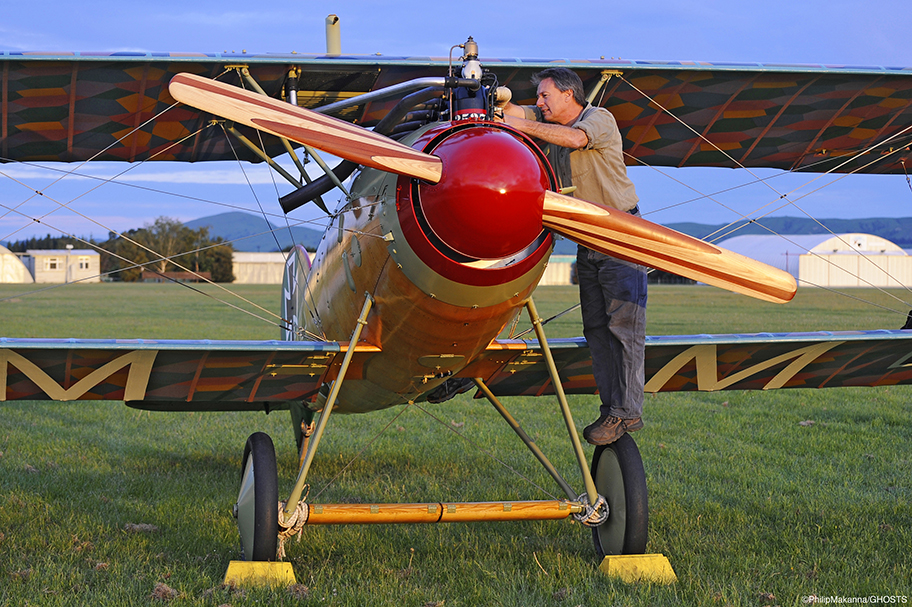The Vintage Aviator has quickly become the most important manufacturers and restorers of WWI aircraft in the world and in doing so is making an incredible contribution to aviation’s living history. With a workshop in Wellington and hangers in Masterton and Omaka, The Vintage Aviator has brought to life some extraordinary machines that can be found nowhere else. A key member of the team is General manager and test pilot Gene Demarco. The New York native has flying in his bones and his passion for early aircraft goes right back to when his father was an inspector for Pan Am during the golden age of commercial flight and his mother was an air stewardess for the same airline. As a kid Demarco was fascinated with airplanes and was privileged to fly on some commercial flights when flying was a mode of transport reserved for the wealthy.
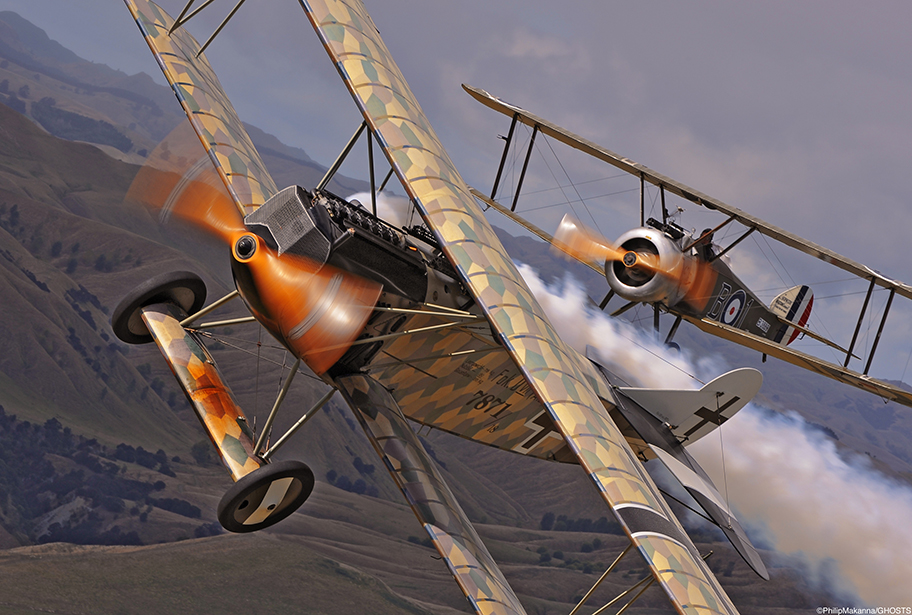
“I always wanted to be a pilot from as far back as I can remember,” he says.
He built scale models of many classic aircraft including the big WWII fighter, the Vought F4U Corsair, one example of which is now housed in the Masterton hangar which is also home to many of the Vintage Aviator’s classic fighters. Demarco got his pilot’s licence when he was just 14-15-years-old and flew solo for the first time when he was 16.
Demarco is one of the world’s most experienced pilots when it comes to flying WWI aircraft and also knows how to build them. In fact he restored his first airplane, a 1940’s Piper J-5 Cub Cruiser, when he was 16 and flew it around the United States in 1980 solo at the ripe old age of 17.
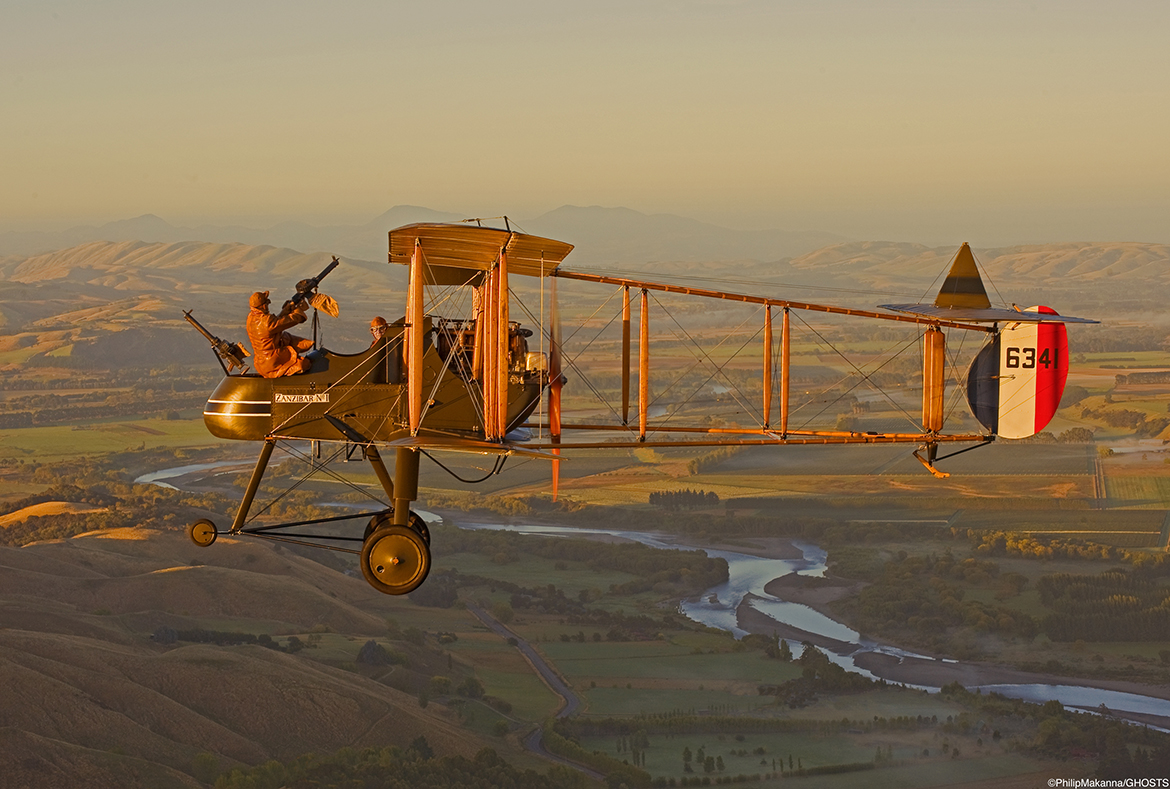
“It was one of the best experiences of my life. I have fantastic memories of landing in airfields and people were really nice to you. Like here, they are often small tight-knit flying communities,” he says.
He flew across 32 states and had absolutely no problems with his trusty J-5. After that adventure Demarco went to college and graduated as a mechanical engineer. He got a job with IBM, which he hated, and ended up leaving when he became too busy with a flying wholesale rose delivery business that he had started in college. He brought a Cessna 182 with the profits of the business and started another venture in upstate New York leasing an airfield from where he operated a range of aviation services. During that time he was restoring more airplanes and started his own restoration business. He became involved with the famous Old Rhinebeck Aerodrome on the Hudson where he got his first experience with old WWI airplanes. It took four or five years before Demarco was allowed to fly one of their ‘Golden Era’ (1920s and 30s) planes and couple of years after that before he got to fly a genuine WWI fighter- the Sopwith Camel. During his time at the Old Rhinebeck he would fly these planes almost every weekend and logged many flying hours. Because each aircraft’s design varies, their mechanics and flying characteristics are all unique with their own quirks and idiosyncrasies.

“There’s a huge difference from modern planes and you really have to be around them to learn about them,” he says.
Some early aircraft don’t have throttles, or brakes or even ailerons so they are notorious tricky to operate.
As he flew more and more different types of aircraft, opportunities kept presenting themselves and Demarco was sought after for ever more flying duties.
His vast experience in the Sopwith Camel meant he was in demand to come to New Zealand and fly a plane for Sir Peter Jackson’s King Kong movie. Sir Peter has long been an enthusiast of early aircraft and he is one of The Vintage Aviator’s biggest customers and supporters. A significant part of the company’s work is in the movie business creating props and replica vehicles.

As general manager at Vintage Aviator, Demarco overseas the completion of some seriously cool projects. The 50-person team based in Wellington and Wairarapa build aircraft exactly as they were constructed back in the early 20th century. They use original parts where they can and will even reverse engineer entire engines so that the complete aircraft is 100 percent authentic which gives The Vintage Aviator the edge in the industry.
“We try to do everything exactly like it was done 100 years ago with original drawings,” he says
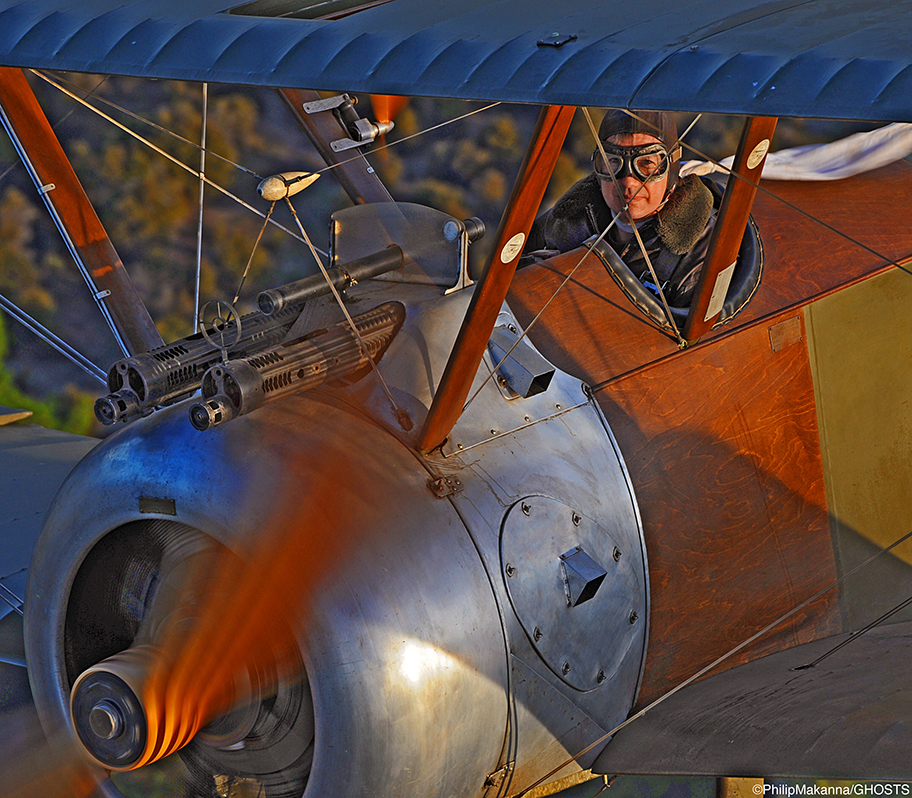
New Zealand may seem like a strange place to base such a specialist enterprise, particularly when the major airplane collections are in Europe and the United States, but Demarco says this country has some big advantages, not least of which is our wealth of engineering talent and staff with the right attitude.
He says there is something about New Zealand that produces people that are multi-skilled enough to work on many aspects of a project.
“The whole thing about Kiwis being able to think outside of the box is true.
“It’s phenomenal what the guys are accomplishing in the short time that we’ve been around,” he says.

Right now the Vintage Aviator has over 50 aircraft in its collection. Half of those are at Masterton’s Hood Aerodrome and the other half are at The Aviation Heritage Centre in Omaka Blenheim NZ. With around 20,000 man hours going into the construction of each aircraft, they are extremely valuable items. By putting on regular airshows The Vintage Aviator really does bring that whole exciting era of military history back to life and gives people a chance to see, hear and smell some amazing machines. With customers all around the world they are exporting unique and valuable technology that will be around for generations to come.

©PhilipMakanna/GHOSTS
The dangers of being a test pilot
Being a test pilot of these early and unpredictable aircraft may sound like a dangerous business, but Demarco does everything he can to avoid potentially fatal mishaps. When a new reproduction is completed they extensively test all the components. The testing programme is very controlled and the aircraft are never pushed beyond their limits. Demarco has an intimate knowledge of how the aircraft are put together and has complete faith in those responsible for constructing the planes. But even with the most careful preparation the occasional crash does happen. While flying for Old Rhinebeck in the States his engine had a magneto failure, lost power and Demarco knew he wouldn’t be able to make the airfield. He says it is a “really disconcerting feeling” knowing that you are going to crash and contemplating whether you are going to get hurt. He ended up slamming into trees before the airfield. The plane was caught in the high branches and then fell around 15-20 metres to the forest floor. Demarco escaped with only scrapes and went back to the airfield to get in another plane and complete the airshow.
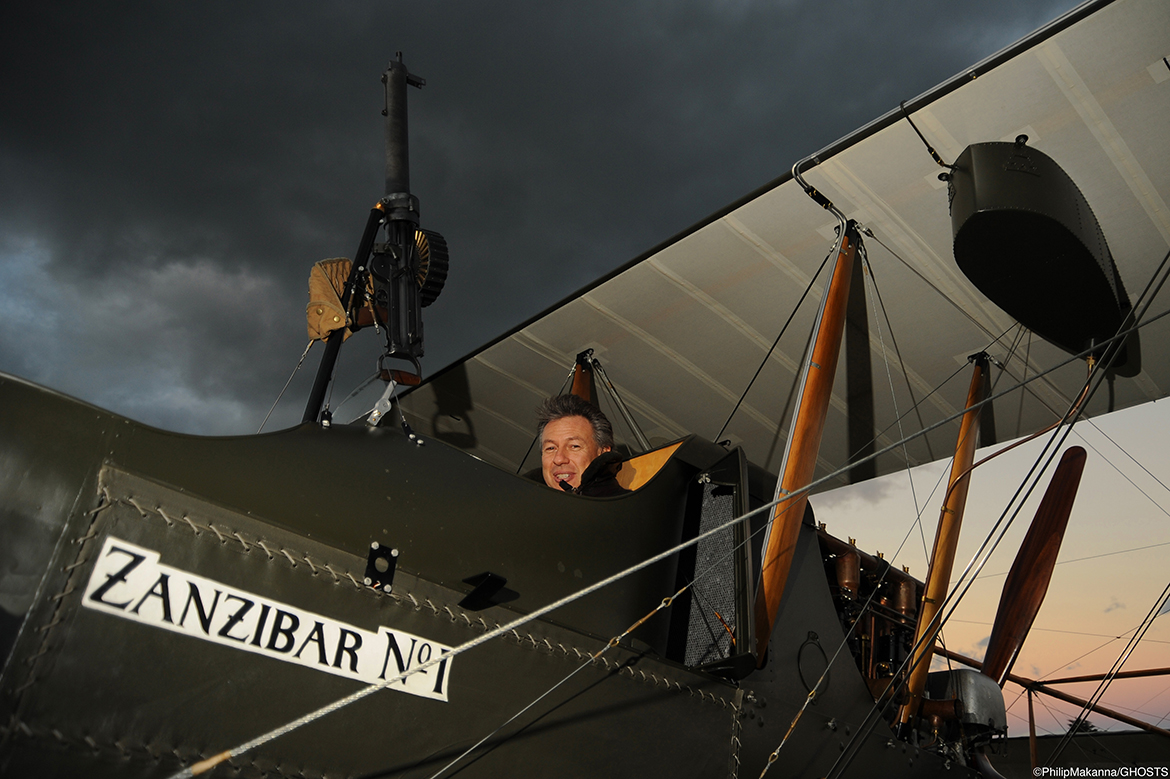
©PhilipMakanna/GHOSTS
When flying these old aircraft, like glider pilots, they are always aware of where the nearest paddock or airstrip is where they can put it down if necessary. This is what makes Wairarapa such a great place to fly with all its uncontrolled airspace. Demarco has had three of four engine failures in his career, but thankfully he has been able to walk away from them all.
”I find it hard to believe that kids went to war in the airplanes,” he says.
